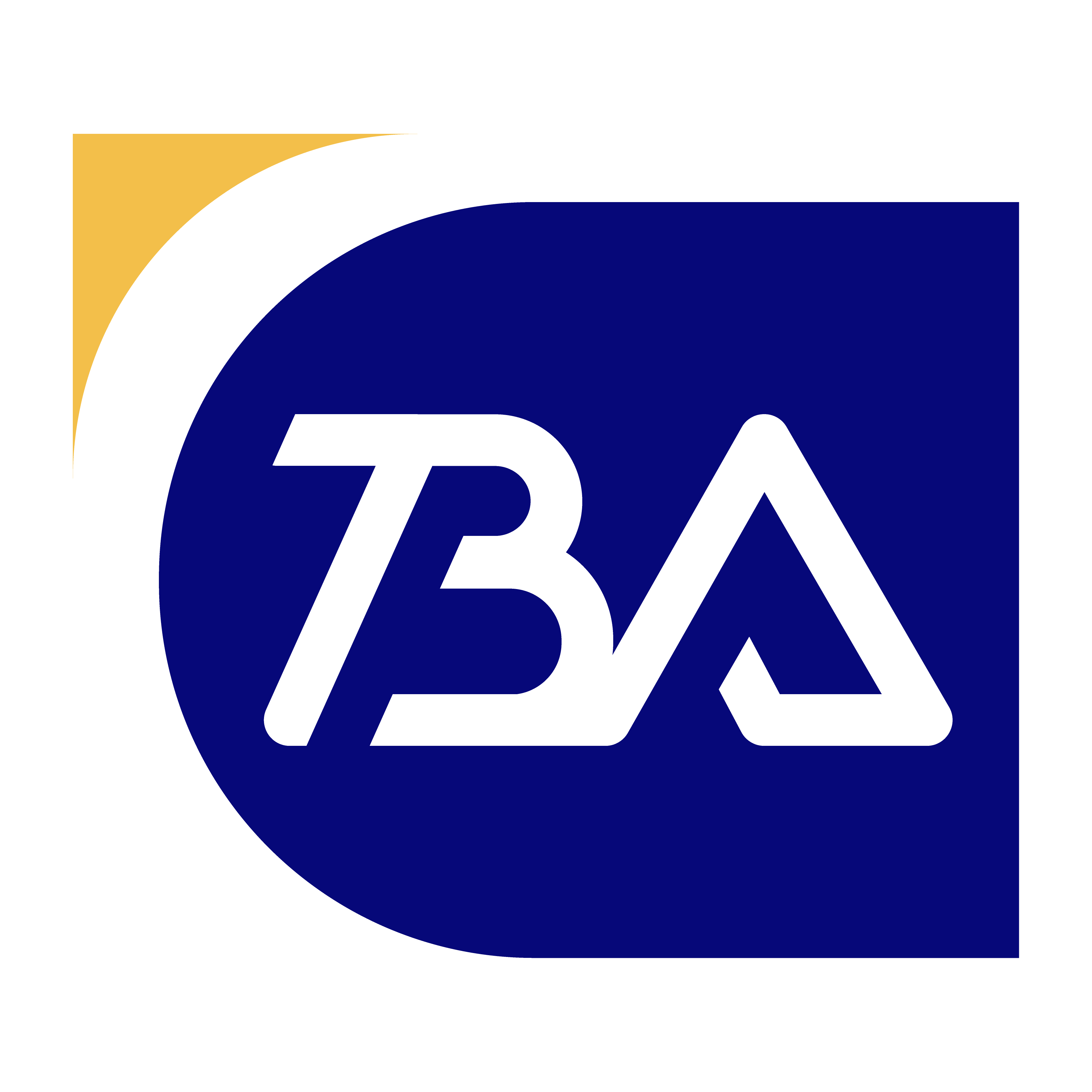Paying tax if you have two jobs – allocating your Personal Allowance
- TBA

- Aug 15
- 5 min read
Updated: Aug 18
In recent years, an increasing number of workers in the UK have chosen to take on part-time work to earn extra income – for example, delivering food in the evenings, selling handmade crafts online, freelancing, or helping friends with various tasks.
Flexible side jobs have become an important way to cope with the rising cost of living and to pursue financial independence.
However, did you know that no matter how informal or temporary a side job may seem, as long as it generates income, HM Revenue & Customs (HMRC) may require you to declare it and pay tax?
If handled incorrectly, you could face penalties, backdated tax bills and interest charges.

The rise of part-time work in the UK – all income is taxable by default
With the cost of living and inflation on the rise, combined with the growth of digital platforms such as Deliveroo, Etsy, Upwork and Airbnb, taking on a side job in the UK has never been easier. As of April 2025, there are over 1.2 million people in the UK with a second job – a number that continues to grow, with more people hoping to achieve early retirement or build wealth through extra income.
Whether you are working weekends in a supermarket or selling handmade jewellery on Etsy, any financial gain you make may be subject to tax.
HMRC can obtain information about your income through:
Employer PAYE records
Bank accounts and online payment platforms (such as PayPal)
Online platforms and third-party data
Transaction records from joint business activities
Even cash income must be declared. HMRC now uses advanced data-matching systems, and failing to declare taxable income can be treated as tax evasion, triggering an investigation.
How to pay tax on two jobs – how personal allowance is allocated
For the 2025/26 tax year (6 April 2025 to 5 April 2026), the Personal Allowance is £12,570 – the amount of income you can earn tax-free in the year.
Each person can only have one Personal Allowance, which means that no matter how many jobs you have, only one can benefit from it.
Your Personal Allowance is usually applied to your main job – the one with the highest income – while all income from your second job is taxable from the first pound you earn.
Your actual tax depends on your tax code.
Your main job typically uses a standard tax code such as 1257L, meaning you receive the full annual Personal Allowance of £12,570.
Your second job usually does not receive any allowance and may be taxed under the BR code (20% basic rate from the first pound), D0 (40% higher rate) or D1 (45% additional rate), depending on your total income.
For example:
Mr L earns £30,000 a year from his main job and £8,000 a year from a weekend job:
Main job: £12,570 is tax-free, the remaining £17,430 is taxed at 20%
Second job: All £8,000 taxed at 20% (BR code)
This does not include National Insurance, student loan repayments, or benefits adjustments.
A special case – if both jobs earn below £12,570
If each job earns less than £12,570 a year, you can apply to HMRC to split your Personal Allowance – for example, £9,000 for your main job and £3,570 for your second job. This method works best when both incomes are stable and predictable.
If you are unsure of income stability, it is safer to allocate the full allowance to your main job to avoid underpaying tax and facing a bill at the end of the year. If your combined income pushes you into a higher tax bracket, you should inform HMRC so they can adjust your second job’s tax code and avoid a large bill later.
Regularly checking your payslips, keeping your tax code up to date, and informing HMRC of changes are key to avoiding over- or under-payment of tax.

How National Insurance is paid
National Insurance (NI) is calculated separately for each employer – unlike tax, the allowance is not shared. If your earnings from each job are above £242 per week in the 2025/26 tax year, you will have to pay Class 1 NI contributions on both jobs.
If your second job is self-employed or freelance
If your second source of income is as a freelance writer, online seller, landlord (e.g. Airbnb), photographer, designer, consultant, or similar, the rules are different. Self-employed individuals must register for and complete a Self Assessment tax return each year.
What you need to do:
Register with HMRC by 5 October following the start of self-employment
File your tax return on time each year
Pay Class 2 and Class 4 NI contributions if applicable
Keep records of your income and expenses for tax reporting and deductions
For the 2024/25 tax year, first-time Self Assessment taxpayers must register with HMRC by 05 October 2025 to obtain a Unique Taxpayer Reference (UTR). Paper returns must be filed by 31 October 2025, while the online filing deadline is 31 January 2026 at 23:59.
We recommend using tax software or hiring a qualified accountant to improve accuracy and reduce your tax burden.
What is the £1,000 trading allowance?
You might be wondering: if my side income is below the £1,000 trading allowance threshold, do I still need to pay tax?
If your total gross income from self-employment, freelancing, gig work, side jobs, online sales, or short-term services in a tax year is £1,000 or less, you usually do not need to file a tax return or register as self-employed. This is known as the ‘trading allowance’.
If your total self-employed or side job income exceeds £1,000 (before expenses), you must:
Register as self-employed (if not already registered)
File a Self Assessment tax return
Either deduct your actual business expenses from income or claim the £1,000 allowance when calculating taxable profits
Important reminders:
If HMRC tells you to file a tax return, you must do so even if you earn less than £1,000
If you have multiple side jobs and the total income exceeds £1,000, you must file a return
For property rental income, the £1,000 ‘property allowance’ may apply separately from the trading allowance, allowing up to £1,000 for each category

Why TB Accountants?
Professional Assurance: Our team includes ACA members and ACCA-certified professionals, delivering services to the highest industry standards.
Responsive Service: We respond to your inquiries within 24 hours, ensuring efficient communication across time zones.
Multilingual Support: Services available in English, Mandarin, Cantonese, Japanese, French, German, Spanish, Italian, Turkish, and more.
Trusted by Clients Worldwide: Consistently praised by global clients for proactive, professional, and reliable accounting and tax support.

For individuals and businesses looking for UK taxation services, use our contact form to get in touch for more information.
Get in touch with us at info@tbagroup.uk or for a free one-to-one consultation.



